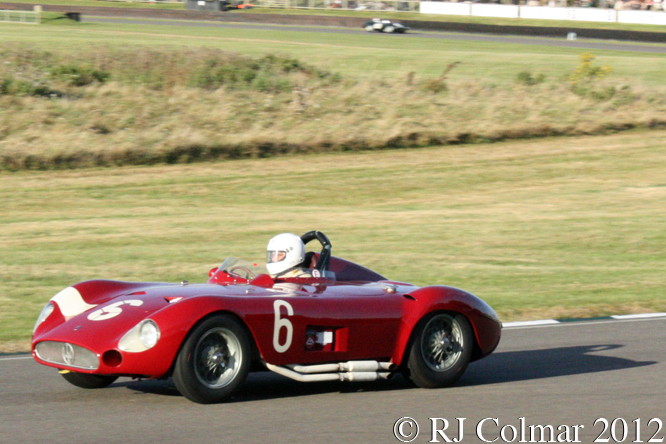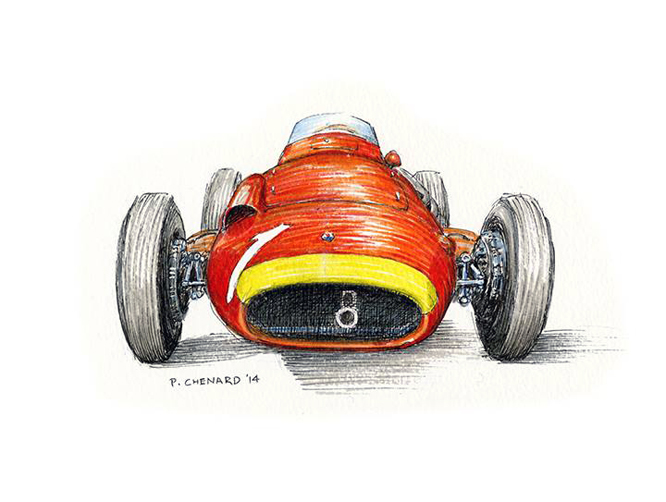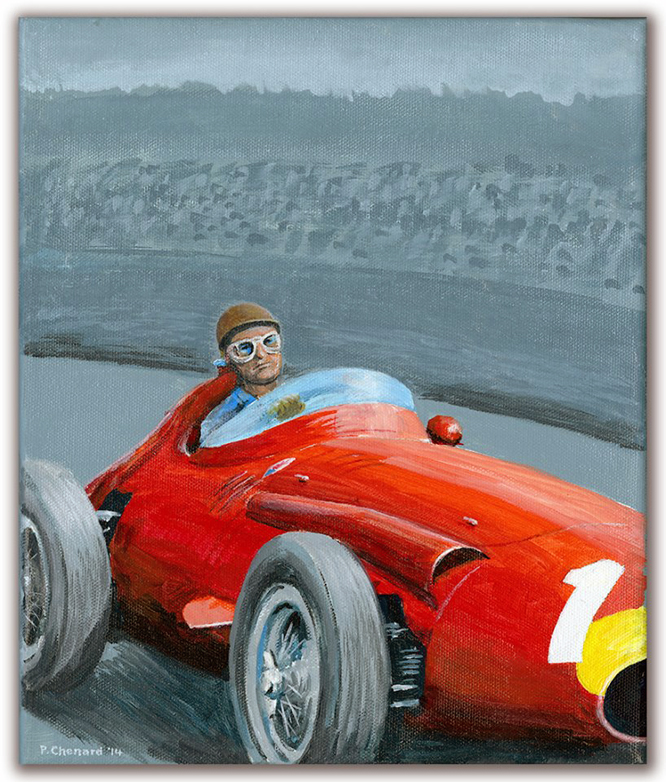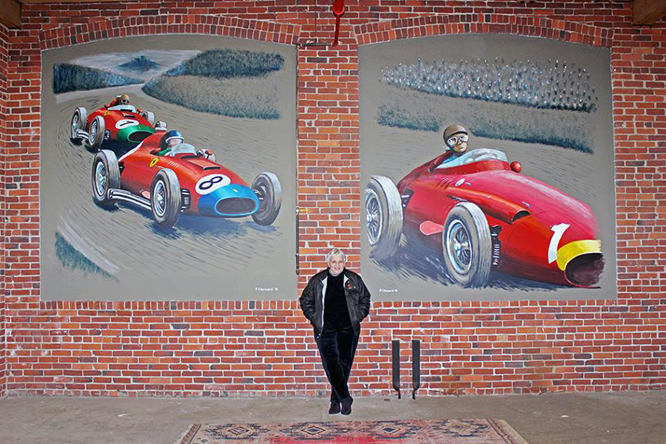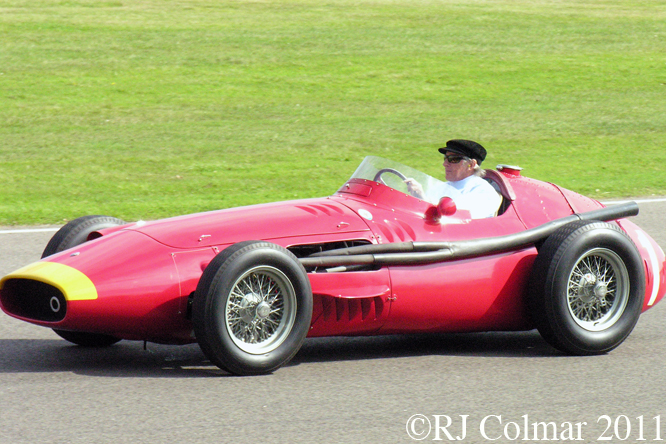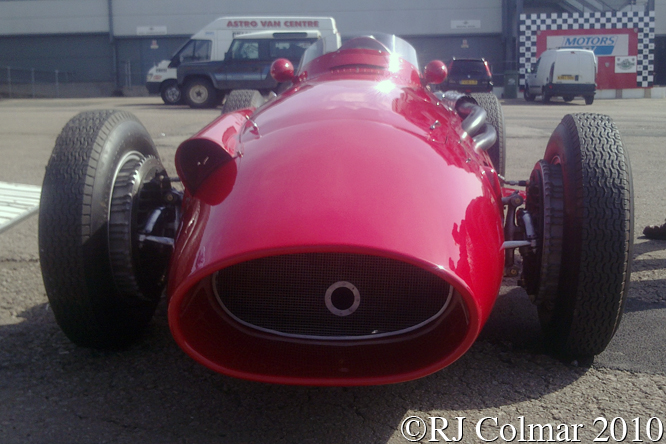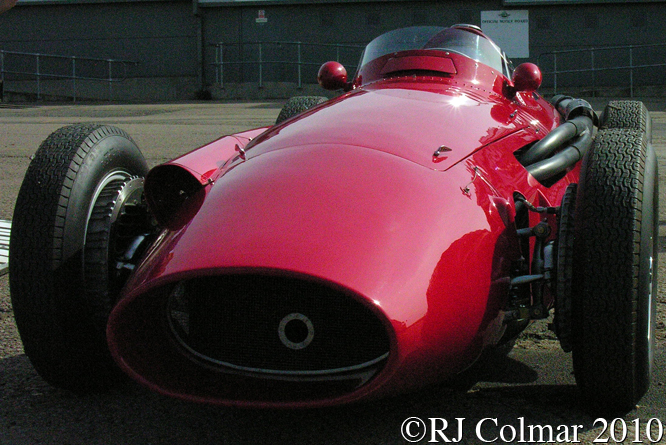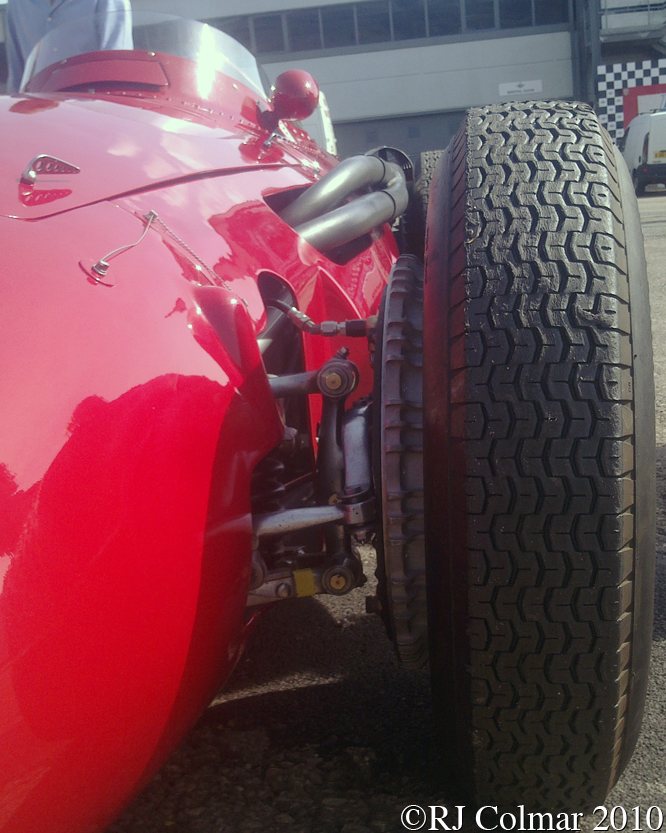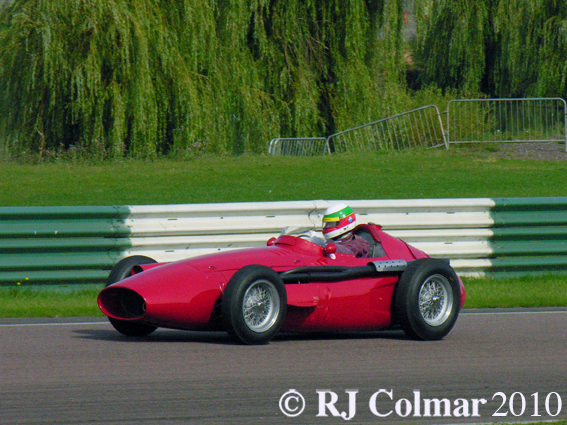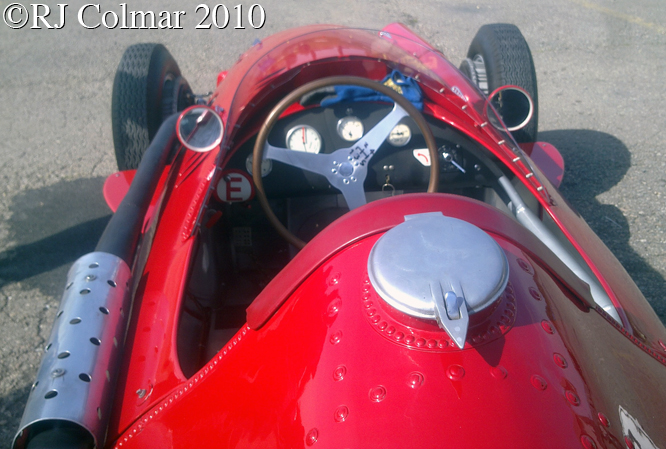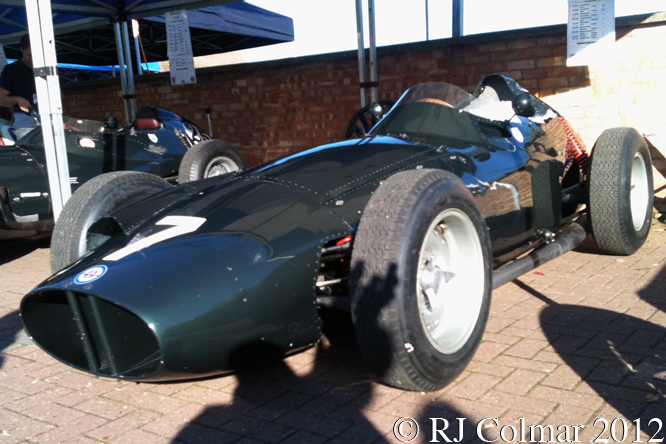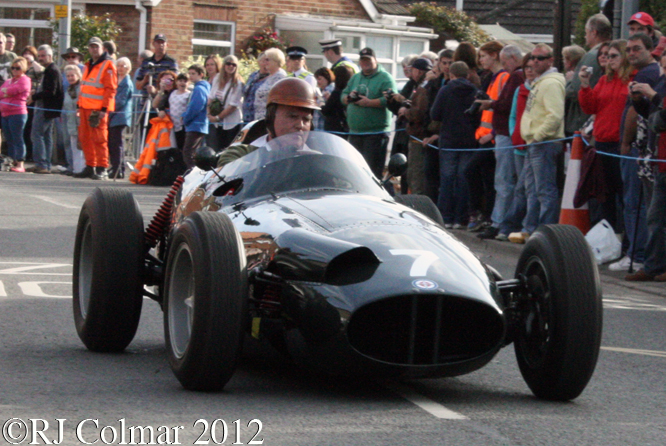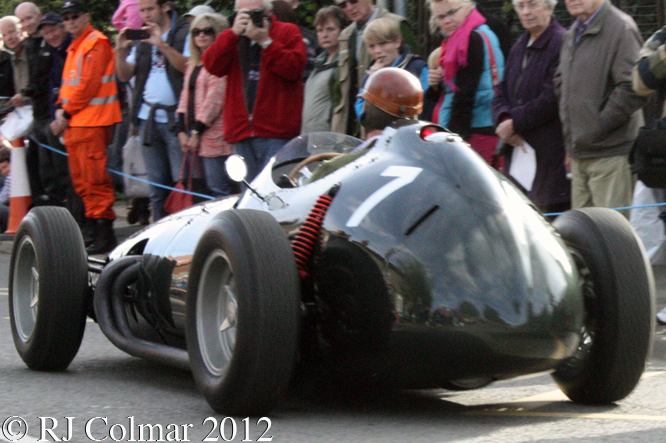Next Saturday Castle Combe will be marking the 60th Anniversary of it’s one and only International Formula One race that was won by Harry Schell driving a Vanwall with some of the cars that took part in that race present for a fantastic selection of displays, demonstrations and and most importantly races.
The track will also be celebrating the 60th Anniversary since the last in period Formula 500 F3 race was run at the track.
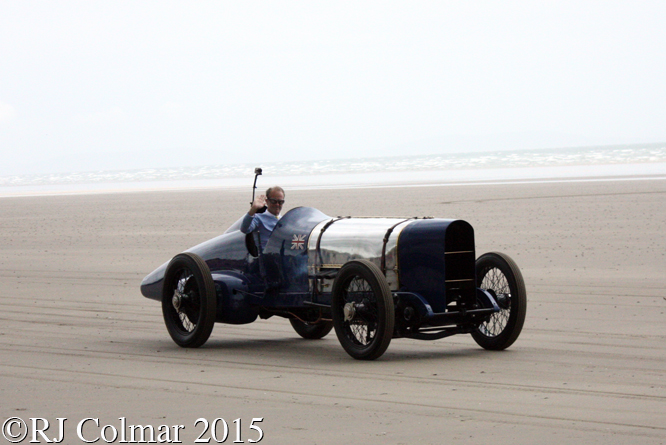
The National Motor Museum will be bringing along a mouth watering selection of vehicles including Sir Malcolm Campbell’s Blue Bird Sunbeam V12 which 90 years ago became the first car to set a World Land Speed Record of over 150 mph, seen above with his grandson Don Wales at the wheel earlier this year, the NMM will also be bringing along the 1955 Connaught Type B Tony Brooks drove at Castle Combe in 1955 prior to winning the 1955 Syracuse Grand Prix and a 1966 Lotus 49 chassis R3.
Other exhibits and vehicles to look out for will be Nick Mason’s 1957 Maserati 250F, of the type Bristols Horace Gould drove to second place at Castle Combe in 1955, and the Pink Floyd drummers distinctive 1953 Ferrari 250MM.
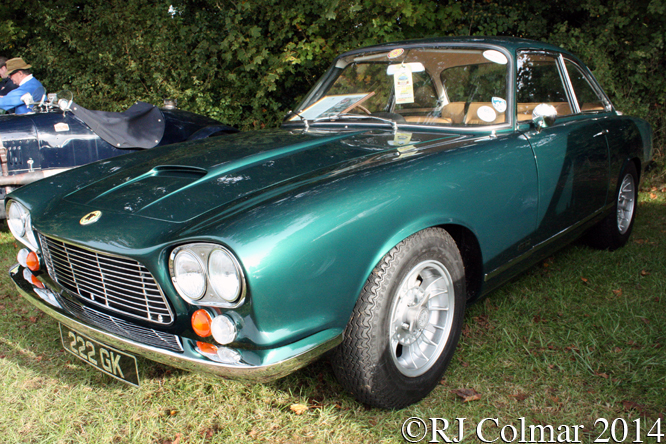
Expect to see many motor clubs in attendance with pre 1970’s vehicles, a rare Gordon Keeble is seen on the Bristol Pegasus Motor Clubs stand last year, this year their stand will feature a couple of Abarth’s from Tony Castle Millers Middle Barton Garage.
Owners clubs confirmed this year will represent Alvis, Bristol celebrating 60 years since the marques last 1-2-3 class victory at Le Mans, Gordon Keeble, Lotus, Marcos and Reliant.
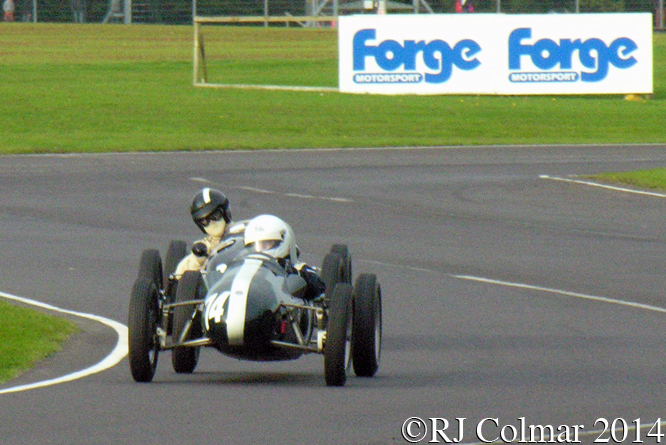
60 years after the very last all 500 F3 race run at Castle Combe in period, the Bristol Pegasus Motor Club will again be sponsoring the BAC MSC Challenge Trophy, won last year by Steve Jones driving the #74 Cooper Mk X after a close race with the pursuing George Shackleton driving a slightly older Cooper Mk 8.
Look out for some rare cars to take part in the races like Richard Bishop Miller’s successful in period Revis and other on display only including the locally built 1950 Milli Union and the Swedish built Effly the owners of these cars all have wonderful stores to tell about them.
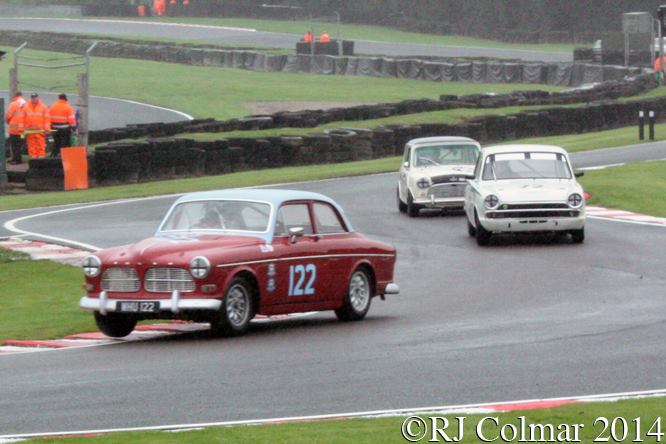
New for this year at the Autumn Classic meeting will be the Terry Sanger Trophy for pre 1966 Saloons like the Lotus Cortina of the type the much missed Terry drove back in the day and the Volvo 122 seen above driven Gavin Watson seen at Oulton Park last year.
Terry drove some incredible machinery including a Ford GT40 V8 powered Cortina with outsize wheels and the 1971 Harrier F5000 car which he designed and built, the latter will be present next as a static display next Saturday, other races will be for fifties sports cars, VSCC pre war sports cars, look out for the ever entertaining Patrick Blakeney Edwards in his Fraser Nash, the ever popular Healey Challenge, Formula Junior and Historic Aston Martin’s in which Nick Mason’s daughters Holly and Chloe driving a pair of Aston Martin Ulsters were stars last year.
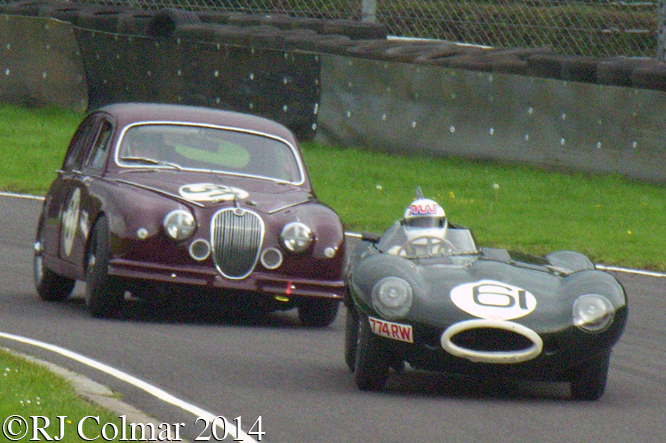
The life and times of two time Le Mans winner Ivor Beub will also be celebrated at the event Ivor born in East Ham but later resident from nearby Cheltenham won Le Mans driving Jaguar D types in 1955 with Mike Hawthorn and 1957 with Ron Flockhart, cars present in the ‘Danco Dream Garage’ that Ivor drove will include a 1955 Cooper T39 Bobtail sports car 1959 Cooper T51 formula two car along with some of the cars already mentioned.
Other cars present in the dream garage will include event sponsor Bristol Forklifts Julian Bronson’s Scarab which has been rendered hors d’combat after it’s recent outing at Goodwood Revival, also lookout for Andy Wallace in the The Norman Dewis Trophy race for pre ’66 Jaguars, last year the 1988 Le Mans winner drove a Jaguar D-type, at Oulton Park Andy was seen at the wheel of a rather more pedestrian but equally effective class winning Mk 1.
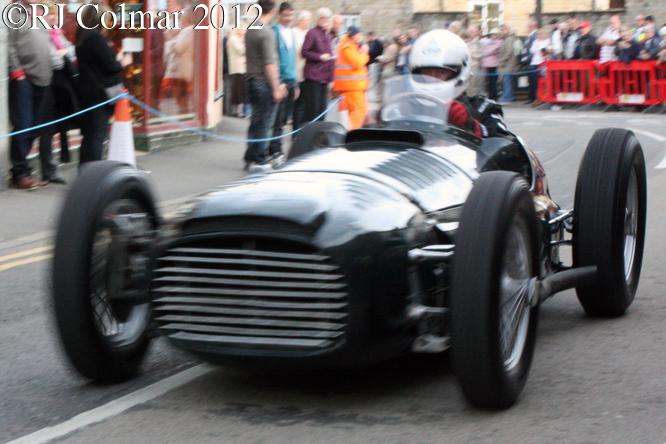
Finally the piece de resistance of the day, and worth making a 400 mile round trip to hear in my opinion will be the National Motor Museum’s BRM Type 15, the sound of which is quite unlike any other you will hear in motor racing and will be demonstrated on the track where such a machine was last raced in anger in a Formula Libre event at Castle Combe 60 years ago.
Castle Combes charity of the day will be the National Motor Museum Trust’s BRM Preservation Appeal which will go toward’s keeping the Type 15 in full running order.
Full details of the action packed Autumn Classic day can be found on this link where tickets can also be purchased online, for those who want a sneak preview of the racing action there is usually a test day for competitors on the Thursday before the event.
Hope to see you there.
Thanks for joining me on this “Worth Travelling 200 Miles For” edition of “Gettin’ a li’l psycho on tyres” I hope you will join me again tomorrow when I’ll be looking at a hot Mercury Convertible. Don’t forget to come back now !


